How the US views Russia’s foreign policy
The current escalation with the West was foreseen in the assessments of American experts in previous years and is the implementation of the planned actions
INSTITUTE FOR INTERNATIONAL POLITICAL AND ECONOMIC STRATEGIES
On January 25, 2022, the US Congress received the report “Renewed Great Power Competition: Implications for Defence—Issues for Congress”. [i] It notes that the renewed great-power rivalry was already recognised, along with other considerations, in the Obama administration’s National Military Strategy in June 2015.
The issue was further placed at the centre of the Trump administration’s National Security Strategy in December 2017 and in January 2018 in the National Defence Strategy, which formally reorientated US national security strategy and the US defence strategy towards a clear focus on great power competition with China and Russia. Further doctrinal documents of the Biden administration retain this definition.
Moreover, since October 2021, the concept of “strategic rivalry”has been actively used. It is in this growing rivalry that the United States sees its place and Russia’s place in the world.
In a new RAND report on long-term competition between the United States and Russia, researchers conduct a statistical analysis of thousands of interactions between America and its competitors and examine numerous case studies of previous crises in which Moscow was involved. [ii]
While the report does not focus on the crisis diplomacy unfolding today, the authors note several findings from their research that shed light on current tensions. These conclusions also serve as the basis for a strategy of action against Russia.
For years, the United States has placed Ukraine and other former Soviet states somewhere between full membership in NATO and joining the unspoken Russian sphere of influence. The study shows that such half-measures have historically contributed to situations in which competitors engage in hostile actions, including military intimidation.
Russia is concerned about the deployment of American missiles and the location of military exercises in Europe with the participation of American troops. The report suggests that such issues may present opportunities for negotiations, as Russia is likely to appreciate US concessions in these areas. But it is unclear whether this will be enough to change Russia’s behaviour now that Moscow has adopted a maximalist stance.
In the event that Russia does invade Ukraine, the United States may want to deploy additional forces in Europe. The authors’ conclusions suggest that this is likely to help deter further Russian aggression. However, such new deployments should be part of a broader strategy to support US allies and key partners. [iii]
Although neither the United States nor NATO made any concessions, but on the contrary began to put forward their counter-demands, it is clear that Washington understands Russia’s concerns, but deliberately drives the situation into a dead end.
In addition to this new kind of competition, the United States is increasingly talking about a Grand Strategy not only for itself, but also for Russia. Within this framework, the intelligence community, the military, and top-level politicians, not to mention numerous think tanks, also view Russia’s foreign policy, often calling it revisionist, expansionist, and a threat to the United States and its partners.
RAND experts identify six elements of the “declared Russian Grand Strategy:
1. Domestic instability and interstate war represent an increasingly integrated threat for which Russia must prepare.
2. Russia will pursue a benign leadership role in its immediate region to maintain its influence there.
3. Russia should be prepared to respond both to limited small wars on the periphery and to “non-contact” warfare contingencies with peer adversaries.
4. Moscow has little need to develop an expeditionary or extraregional military capability, and will instead be focused on regional contingencies on its periphery.
5. Russia’s objective is not to weaken the West and Western institutions; Moscow seeks selective cooperation while taking steps to limit the West’s ambitions and change its foreign policy behaviour.
6. Russia is pivoting its international political and economic focus toward what it calls “new centres of power”—e.g., Brazil, India, China, and the Gulf states, and the Asia-Pacific region—and away from the West, which it believes to be in relative decline.” [iv]
This decline is not mentioned by chance, and is the subject of regular manipulation and political interpretation. The Washington-based CSIS, which has been conducting a program on Russia and Eurasia for many years, introduces the concept of “strategic conservatism” in another study, which it considers as one of the directions of the Russian Federation’s foreign policy.
It says that “strategic conservatism reflects the idea that political and cultural preferences can be used as tools of influence. It encompasses a specific set of means used by the Kremlin (and, at times, the Russian Orthodox Church and other outlets) to achieve a range of Russian domestic and foreign policy objectives.
This concept inflates the value of customs and tradition by prioritizing unquestioned respect for hierarchy (of the regime or religious supremacy) and collective interests over the interests of the individual. Strategic conservatism is frequently defined in opposition to Western democratic ideals of pluralism and liberalism, in defense of Russian actions, and in support of the Putin regime’s longevity.” [v]
The authors also write that “The rapid and destabilizing change in Russia in the 1990s compelled the Kremlin to reconstruct a great power narrative for Russia, built upon its historical traditions through the creation of a ‘moral framework’.
This framework protects these traditions and orders the domestic and international landscape according to certain values, such as the ‘God-given value of diversity among nations’ and the need for a ‘multipolar world order based on pluriculturalism’, in the words of Russian president Vladimir Putin.
The Orthodox faith is the moral arbiter of this framework. In the eyes of the Russian Orthodox Church (ROC), any effort to promote or give parity to other religions or values is seen as detrimental to, and ultimately destructive of, Russia’s unique moral and cultural civilisation. Any change must be carefully managed so as not to disrupt political status or cultural identities within this framework.”
It is noted that this approach creates a narrative about the decline of the West, where traditional family values are being destroyed, and instead an LGBTQ+ “culture” is being aggressively imposed. Naturally, not all political forces in the West welcome such “progress”, which creates a unique opportunity for Moscow to establish formal ties with them and even provide support.
The authors say that “resentment and grievances unleashed by rapid societal change have brought together disparate political forces that find safe harbour in traditionalism and decrying the ‘decadent West’. Across a broad ideological spectrum, Russia positions itself as a defender of the traditional order and conservative values—the political and cultural embodiment of the Third Rome.
The Kremlin amplifies this message through U.S. and European conservative networks and norms entrepreneurs and relays them through a media ecosystem that overlaps with right-wing and populist circles. On occasion, these messages can radicalise individuals. For example, in Ukraine, Orthodox foreign fighters reportedly joined the conflict in eastern Ukraine from abroad in support of Russian-backed separatists they viewed as engaged in a righteous endeavour.
Recognising Russia’s use of strategic conservatism and identifying its tools and sources of funding is a fundamental part of understanding Russia’s malign influence. To prevent Russia from fuelling societal and cultural divisions in the West, the United States must recognise that Russia ultimately seeks to undermine the democratic tenet of respect for the rights and religious freedoms of the individual.”
It is clear that the United States fears the growth of conservative unrest in their country, but they also want to shift responsibility for internal problems to Russia.
Similarly, another CSIS study draws attention to the fact that “Russia’s recently published National Security Strategy stresses the importance of the “traditional Russian spiritual-moral values” and sees them as being under threat from Westernisation.” At the same time, it is argued that Russia’s position on the neutrality of other countries according to the Swiss model is nothing more than a myth. This is done in order to supposedly prevent cooperation with the West and, especially, NATO. [vi]
However, if to pay attention to the official statement of Secretary General Jens Stoltenberg, then any country can choose for itself the security model that it considers the most optimal. So why do Moscow’s sympathies for neutral powers cause such rejection? Probably due to the fact that they are not satellites of the United States and NATO and are trying to preserve their sovereignty.
In this context, the American authors are particularly concerned about Russia’s bilateral ties with states in the Balkans. In particular, they claim that “the U.S. and the E.U. have long been ambivalent about defining their interests in the Western Balkans.
Russia has capitalised on these years of neglect and leveraged a power vacuum in the former Yugoslavia to gain economic and political influence. The region is now at the forefront of Russia’s use of low-cost strategies to expand its global influence and undermine western interests.” [vii]
As a counteraction to Russia’s actions, it is proposed to use a network of NATO Centres, as well as to coordinate the actions of the EU and the United States.
As an example of such counteraction, we can point to a special study prepared on the basis of the NATO Center for Strategic Communications Excellence in Riga entitled “Russian Media Landscape: structures, mechanisms and technologies of information operations”. [viii]
It says, for example, that “Russia’s information influence expanded the applied techniques for producing and distributing the best-selling information product—half-truths in the analysed period. What experts used to call ‘post-truth’, but now often refer to as ‘half-truths’. ‘Post-truth’ is defined as outright lies and fabrications that appeal to the emotions and ignore facts.
The hallmark of the ‘half-truth’ is the combination of truth and silence; there is truth, but an incomplete truth. These are not facts, but fragments of them. An information product using the ‘half-truth’ format is more effective, as it is accompanied by links to various sources, including completely reliable ones, and thus creates an illusion of the truth of the information.
The use of this technique requires a high density of information movement between people and systems, in which ‘fragments of facts’ can be mixed freely with the intention to form a false mosaic of ‘half-truths’.”
Although it is obvious that it is the United States and Western media that use this method-just look at the official statements of the US State Department and the White House addressed to Russia to find out that they do not correspond to reality. Of course, US foreign policy planners are very interested in Russia’s defence capabilities. In this regard, the study “The Future of the Russian Military”, prepared and published by the RAND Corporation in 2019, is noteworthy. [ix]
According to the authors, Russia will modernise and strengthen its air defence and long-range combat capabilities, intelligence and surveillance capabilities. Compared to 2008, the quality of training of special forces, airborne troops and mobile units has significantly improved. The new mixed-use structure enhances the ability to counter NATO or even China in the event of an armed conflict.
It contains, in particular, the following recommendations:
– To achieve US interests, the US military will need to compete with Russia in various regions and situations, while limiting the costs and potential for escalation.
– Russia’s desire for strategic deterrence and internal security is defensive in nature, but it still poses a threat. To minimise the risk of unintended escalation, American policymakers should be attuned to the perception of Russia.
– Russia’s desire for regional dominance poses a threat to US partners such as Georgia and Ukraine. Russia’s ongoing expeditionary operations may also lead to direct or indirect confrontations with Russia and its partners outside Europe. The United States can improve the quality of its partners’ and allies’ security forces by strengthening niche areas such as foreign unit officers, security force assistance units, information operations, and military medical units.
– The US Armed Forces should prepare for direct conflict with Russia by exploring ways to improve their own capabilities, including (1) exploring options to counter Russia’s indirect fire, long-range strikes, intelligence and reconnaissance capabilities; cyber and electronic warfare; and air and missile defence; (2) strengthening communications; positioning, navigation, and timing; and intelligence and reconnaissance; and (3) developing multi-domain combat operations and related concepts to address Russia’s counter-strike and zone denial capabilities.
Constant flights of NATO reconnaissance aircraft near the borders of Russia partially fulfil these tasks.
In the analysis of Russia’s foreign policy, the views of American experts did not escape the role of Moscow in the Syrian settlement. It was noted that “key to the operation’s success was its limited aims, which were focused to avoid the Soviet Union’s Afghanistan-like scenario of overextension. Moscow’s military campaign provided primarily air support but also included a naval component and a small number of elite ground troops; this narrow scope made it financially affordable.
Moscow relied on other actors, chiefly Iran and Iran-backed proxies, to do the heavy lifting. This approach entailed working with all the major players in the region, including those that were in conflict in the Syrian theatre—which positioned Russia as a mediator and bolstered Moscow’s leverage.” [x]
The United States takes into account that tens of thousands of Russian military personnel passed through Syria, which increased combat training, and the performance of various tasks showed the effectiveness of Russian-made weapons systems.
The RAND report on Russia’s military interventions, published in 2021, states that “changes on the ground in post-Soviet Eurasia, particularly in Ukraine, that create an external threat or the perception of a rapid change in the regional balance or Russia’s status in ways that contradict Russian interests should be seen as potential triggers for Russian military action. Moscow will not hesitate to act, including with force, in its immediate neighbourhood.” [xi]
Russia’s relations with China are also evaluated. Ted Snyder states that “though the relationship has intensified, it has not, consistent with the plans and policies of the two countries, become an alliance; though militarily, it is verging on the level of a quasi-alliance. But, though the relationship that has evolved between the two countries is extraordinarily close, it is not without its challenges.
There are disagreements. Though China blames U.S. encroachment and interference in the internal affairs of sovereign countries for the crisis in Ukraine, it does not agree with Russia’s annexation of Crimea. Though, even here, China has been supportive of Russia.
There is also concern in some quarters, though not usually official quarters, of potential Russian economic dependence on China. But at the time of the choice to pivot to China, Russia had seen clearly that the alternative was certain dependence on, and forced subordination to, the United States. Besides, as Lukin points out, China’s economic superiority is not necessarily something for Russia to be afraid of any more than Canada should be afraid of U.S. economic superiority.” [xii]
The United States is also looking closely at the situation in the South-East of Ukraine. In a CSIS comment by Andrew Lohsen on the possible recognition of the DPR and LPR by Russia, it is said that “Western intelligence officials have warned in recent weeks about the possibility of Russia mounting a false flag operation in Ukraine. A sufficiently terrible incident could give Russia the pretext to declare that Ukraine’s purported actions make the Minsk agreements null and void, leaving Russia no other choice but to recognise the DPR and LPR and issue overt military assistance to protect residents from further aggression.” [xiii]
But the fact is that Kiev already does not comply with the Minsk Agreements, and the Ukrainian Armed Forces regularly fire at civilians in Donbass. In general, the publication shows that the author follows discussions about possible aggression from Ukraine, and tries to present it with the opposite sign, that is, to shift responsibility to Russia.
As for standard activities in the sphere of Russian foreign policy, the United States is concerned about scientific and technical cooperation with other countries, since this undermines their monopolies.
In October 2021, the Counterintelligence and Security Center of the US National Intelligence released a review on critical technologies. It also highlighted Russia’s efforts to develop new technologies and research centres.
It is said that “Russia views the development of advanced science and technology (S&T) as a national security priority and is targeting U.S. advances through the employment of a variety of licit and illicit technology transfer mechanisms to support national-level efforts, including its military and intelligence programs.
These actions include using illicit procurement networks, seeking technology transfer through joint ventures with Western companies, and requiring access to source code from technology companies seeking to sell their products in Russia.
Russia is increasingly looking to talent recruitment and international scientific collaborations to advance domestic research and development (R&D) efforts but resource constraints have forced it to focus indigenous R&D efforts on a few key technologies, such as military applications of Artificial Intelligence.
Russia’s foreign technology acquisition toolkit includes but is not limited to:
* Intelligence services
• International scientific collaboration
• Academic collaboration
• Joint ventures and business partnerships
• Non-traditional collectors (including co-opted insiders)
• Talent recruitment
• Foreign investments
• Government-to-government agreements
• Legal and regulatory actions”. [xiv]
Such a list was clearly made with the aim of demonising Russia, since it actually contains an equals sign between legal and illegal actions. And the goal of such demonisation is to isolate Russia as much as possible from the outside world. It is no coincidence that Moscow is constantly threatened with sanctions under far-fetched pretexts.
[i] https://crsreports.congress.gov/product/pdf/R/R43838
[ii] https://www.rand.org/blog/2022/01/weekly-recap-january-21.html
[iii] https://www.rand.org/pubs/research_reports/RRA720-2.html
[iv] https://www.rand.org/pubs/research_reports/RR4238.html
[v] https://www.csis.org/features/kremlin-playbook-3
[vi] https://www.csis.org/analysis/russias-hybrid-aggression-against-georgia-use-local-and-external-tools
[ix] https://www.rand.org/pubs/research_reports/RR3099.html
[x] https://www.lawfareblog.com/russias-strategic-success-syria-and-future-moscows-middle-east-policy
[xi] https://www.rand.org/pubs/research_reports/RRA444-3.html
[xii] https://responsiblestatecraft.org/2022/01/26/how-deep-are-russias-ties-with-china/
[xiv] https://www.dni.gov/files/NCSC/documents/SafeguardingOurFuture/FINAL_NCSC_Emerging%20Tech
Source: https://russtrat.ru/en/reports_/5-march-2022-0222-9174
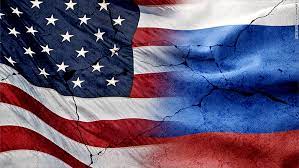
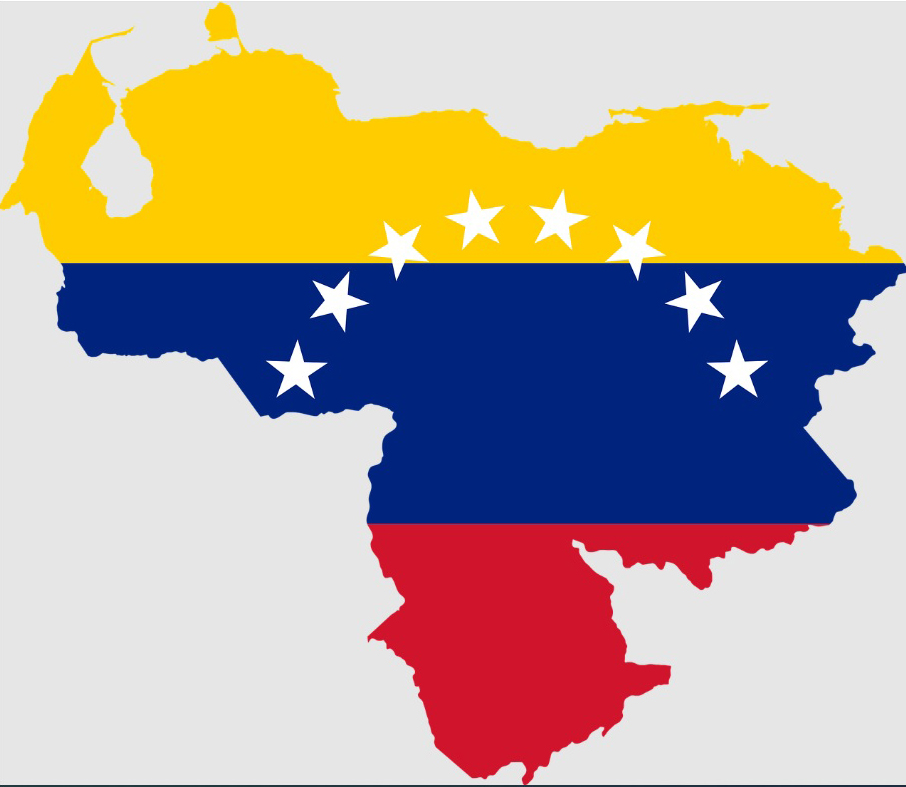
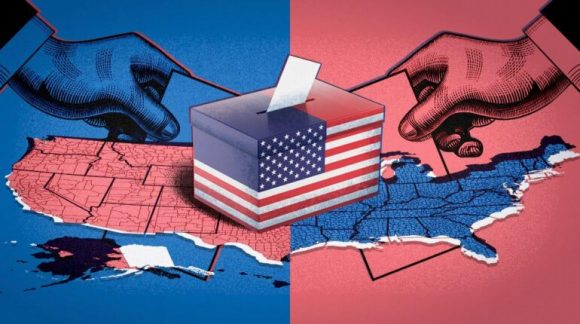
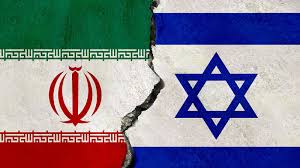
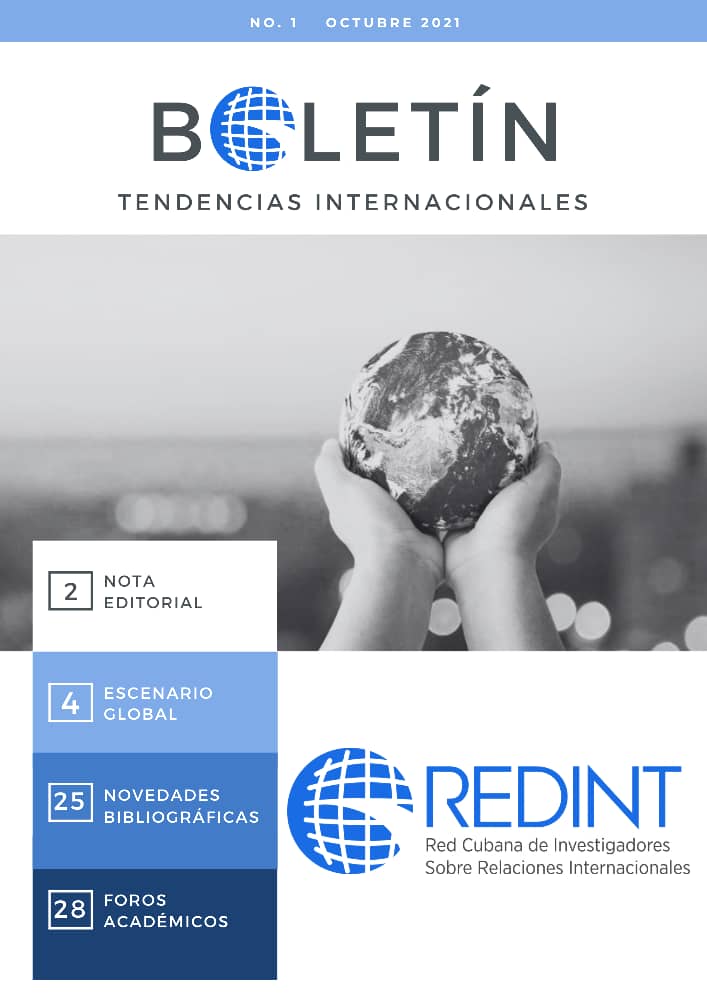
Déjanos tu comentario